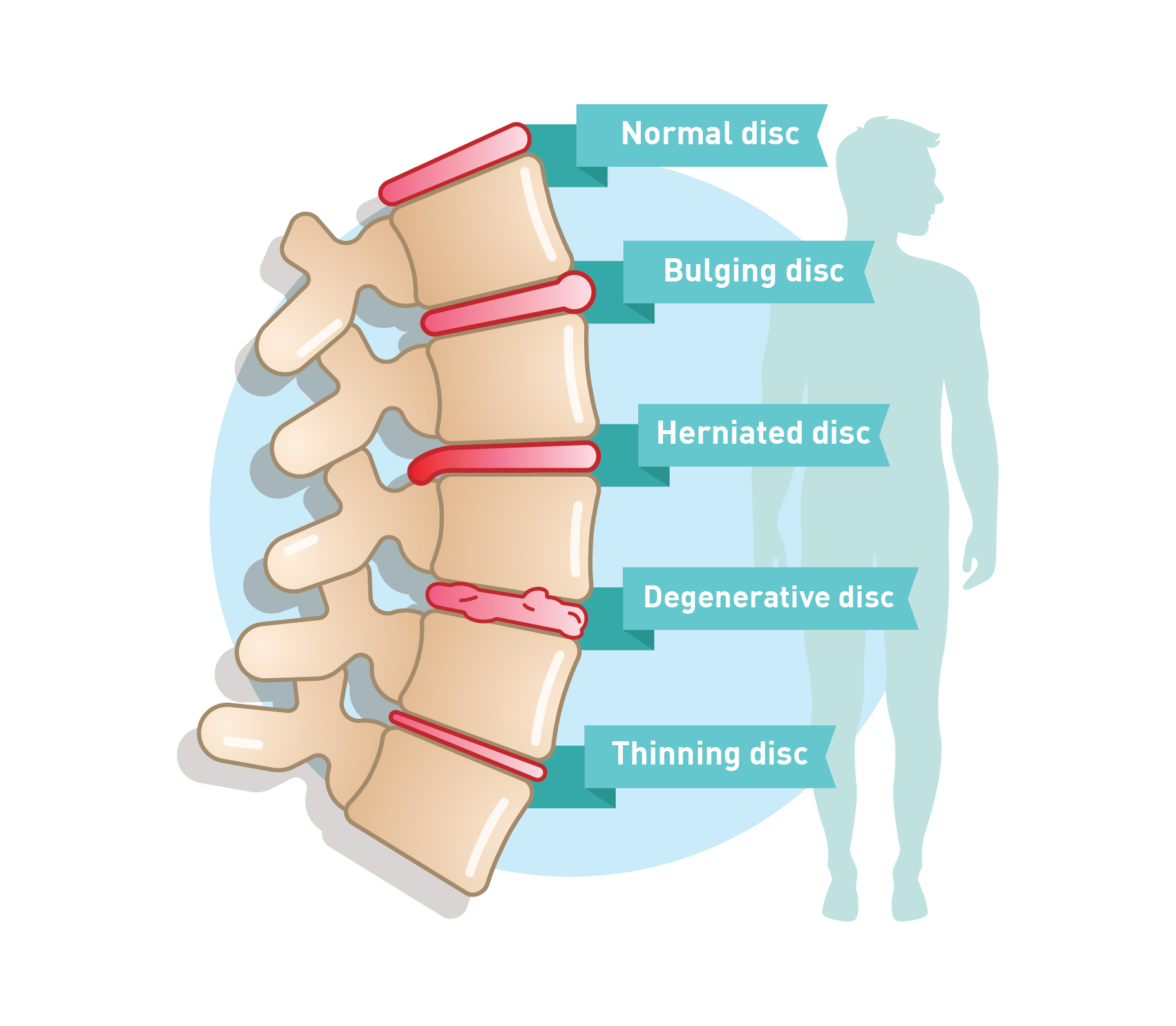In recent years, there's been a growing interest in the numerous strategies to pain management, showing the importance of therapeutic interventions including massage therapy. Pain, be it acute or chronic, can substantially impact one's well-being, affecting physical abilities, emotional well-being, and overall health. Understanding the multiple forms of pain and exploring effective management strategies is crucial for people wanting alleviation and a better quality of life.
Massage therapy has emerged as a powerful ally in the struggle for pain relief, offering not only physical relief but also promoting relaxation and emotional stability. As pain clinic explore the myriad benefits of adding massage into pain management services, we will analyze its role together with other therapies, such as chiropractic care, acupuncture, and physical therapy. By understanding the science behind pain and the therapeutic touch, we can gain a deeper understanding of how these comprehensive methods contribute to a holistic view to pain relief.
Understanding Discomfort and Its Types
Pain is a complex and personal experience that serves as an essential bodily signal indicating distress or injury. It can arise from a multitude of sources and can vary significantly in intensity, duration, and quality. Discomfort is generally classified into two primary categories: sharp pain and long-lasting pain. Sharp pain typically occurs suddenly and is often a direct result of an injury or illness, serving a protective function by alerting the body to potential harm. In contrast, chronic pain continues over a prolonged period, often beyond the expected period of healing, and may have no obvious cause.
The various types of discomfort can be classified further based on their origins. Tissue pain results from actual or potential tissue damage, often felt as piercing, aching, or pulsating sensations. This form of discomfort is usually localized and can be effectively treated through various pain management therapies. Neuropathic pain, on the other hand, arises from damage to the neural pathways itself, leading to sensations such as scalding, prickling, or stabbing pains. Understanding these differences is crucial for creating efficient treatment plans tailored to an individual's specific pain type.

Recognizing the nature and source of pain is essential for successful pain management. Factors such as emotional and psychological aspects can exacerbate pain perception, making the experience harder. Understanding the interplay between physical sensory sensations and mental health is vital for comprehensive pain management. By comprehending the experience of pain's different forms and influences, individuals can more effectively navigate their treatment options, leading to improved results and bettered quality of life.
Efficient Pain Control Strategies
Efficient pain control includes a comprehensive method that customizes treatments to the individual's needs. One of the most recognized methods is physical therapy, which utilizes exercises and techniques aimed to improve mobility and fortify muscles. This can notably alleviate pain, particularly for those experiencing from chronic conditions such as rheumatoid arthritis or lower back pain. By collaborating with a physical therapist, patients can learn specific exercises that enhance their range of motion and diminish discomfort.
One more essential component of pain management is the use of complementary therapies, including chiropractic care and massage therapy. Chiropractic treatments can help realign the spine and enhance overall function, while massage therapy promotes relaxation and relieves muscle tension. Each of these therapies can be especially beneficial when used in coordination with more standard medical treatments, creating a holistic approach to pain relief that addresses both physical and mental aspects.
In conclusion, education and lifestyle changes serve a key role in effective pain management strategies. Understanding pain triggers and incorporating anti-inflammatory diets can substantially reduce symptoms for many individuals. Additionally, including mindfulness and stress-relief techniques, such as yoga or meditation, can assist manage pain levels by promoting a better mental state and improving the overall quality of life. By merging various approaches, individuals enduring pain can find a tailored strategy that suits for them.
Complementary Treatments for Pain Management
Alternative therapies play a crucial role in managing pain by enhancing traditional treatments and offering patients with a integrative approach to recovery. These therapies can include practices such as bodywork, needle therapy, and yoga, all of which focus on not just lessening pain but tackling the root causes. By integrating these methods, patients often experience improved relief and better quality of life, contributing to overall well-being.
Bodywork, in particular, is well-known for its efficacy in relieving muscle tension and facilitating calm. Techniques such as Swedish massage or therapeutic massage can help increase circulation, lessen inflammation, and alleviate discomfort in targeted regions. This hands-on approach not only provides immediate relief but also encourages the body’s natural ability to recover itself, making it a valuable tool in the management of pain.
Needle therapy is another complementary therapy that has grown in popularity for its ability to stimulate the body’s energy points, or meridians, to reduce pain. This ancient practice is based on the belief that re-establishing balance within the body can lead to significant pain relief. Coupled with techniques like mindfulness meditation and yoga, patients can find greater emotional and physical control over their pain, addressing both psychological and physical aspects of their situation.
